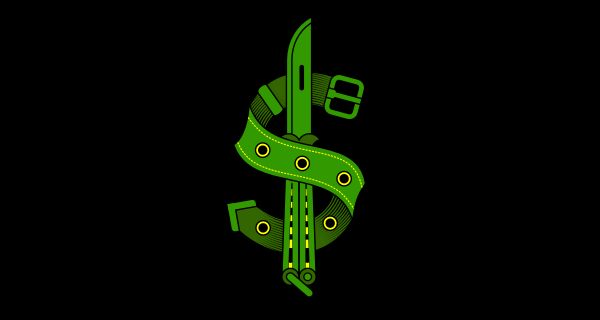
These principles had dictated leadership succession since the early 1980s. In the reform era that followed the death of Mao and his personality cult, Deng Xiaoping steered the party from strongman rule to consensus rule (or collective leadership) among the elite and institutionalized the transfer of power from one leader to the next, with each president serving a maximum of two five-year terms. While corruption crackdowns are not uncommon following a transfer of power, the scope of Xi’s campaign has been unprecedented, targeting some two million officials, including high-level officials, or “tigers,” senior military figures, and lower-level party cadres, or “flies.” Experts say the antigraft movement, though extremely popular among Chinese people, could alienate some elites and paralyze governance at lower levels for fear of falling under the party corruption watchdog’s suspicions. These complex dynamics can be seen in Xi’s extensive anticorruption campaign, which began in 2012. Other experts, such as Claremont McKenna College’s Minxin Pei, see a more complex power dynamic built from personal alliances and factional loyalties juggled among three groups: retired leaders, incumbents, and the incoming elite class. Some experts split the CCP’s power structure into two distinct camps: the “princelings,” the children of high-level leaders, and the “ tuanpai,” those who came from humbler backgrounds and rose to power through the Communist Youth League, such as Hu Jintao. Party leadership is decided through secretive negotiations. The premier, Li Keqiang, heads the State Council, China’s equivalent of a cabinet. He is also the president and head of the military, exerting enormous influence in setting government policy. Xi, who took over from Hu Jintao in 2012, sits atop the system as general secretary. The Standing Committee currently has seven members, but membership has ranged from five to nine people. In turn, the Politburo elects through backroom negotiations the Politburo Standing Committee, which functions as the epicenter of the CCP’s power and leadership. The Central Committee acts as a sort of board of directors for the CCP, and its mandate is to select the Politburo, which has twenty-five members. (This is not to be confused with the National People’s Congress, which is China’s legislature.) During this time, members choose the Central Committee, which comprises around 370 members and alternates including ministers, senior regulatory officials, provincial leaders, and military officers. Farmers, herders, and fishermen make up roughly 30 percent of its membership.Įvery five years, the CCP convenes its National Party Congress to set major policies and select top leaders. In 2019, however, more than 42 percent of new members were women. Over 70 percent of the CCP’s nearly ninety-two million members are men.

Defense Department report on China’s military, the CCP sees the PLA as “a practical instrument of its statecraft with an active role in advancing the PRC’s foreign policy, particularly with respect to the PRC’s increasingly global interests and its aims to revise aspects of the international order.” For example, the PLA oversees the deployment of warships and aircraft near disputed areas of the East and South China Seas, as well as near Taiwan. The CCP’s Central Military Commission, currently headed by Xi, oversees both the PLA and the People’s Armed Police, which primarily focuses on internal security.

As the armed wing of the CCP, the PLA’s main objectives include protecting the party’s rule and defending the party’s interests. The party relies on three pillars: control of personnel, propaganda, and the People’s Liberation Army (PLA). Despite market reforms in the late 1970s, the modern Chinese state remains a Leninist system, like those of Cuba, North Korea, and Laos. Tensions between the Communist party and the nationalist Kuomintang, its primary rival, erupted into a civil war won by the Communists in 1949. Inspired by the Russian Revolution, the CCP was founded in 1921 on the principles of Marxism-Leninism. Championing a vision for China’s “rejuvenation,” Xi has pursued a more assertive foreign policy strategy, which has increased tensions between China and the United States and its allies. In 2017, the CCP reaffirmed Xi’s dominance and elevated new officials to support him in setting the agenda for the second-largest economy in the world. Since President Xi Jinping came to power in 2012, he has consolidated his control over the infamously opaque party, with many experts calling him the most influential Chinese leader since Mao Zedong.

As China Punishes Taiwan for Pelosi’s Visit, What Comes Next?


 0 kommentar(er)
0 kommentar(er)
